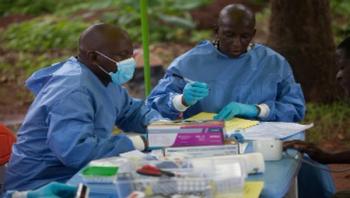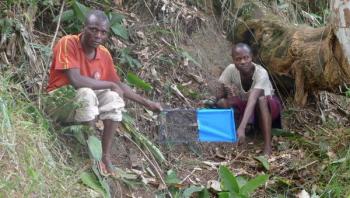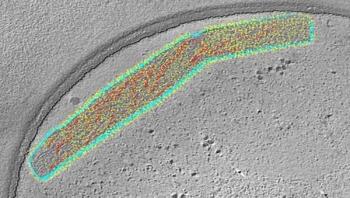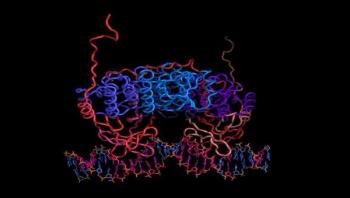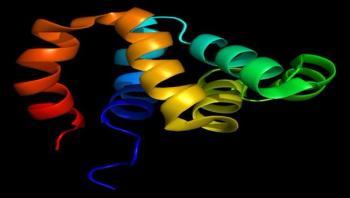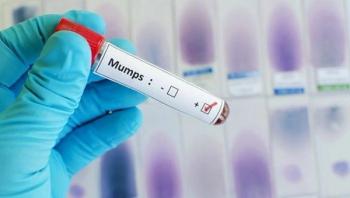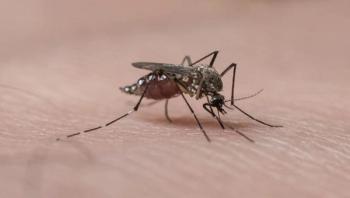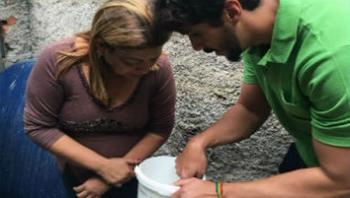
Mosquitoes kill an estimated 700 000 people a year. If infected with viruses that cause diseases like chikungunya, dengue and Zika, mosquitos can transmit them to humans in one bite. Researchers have now pilot-deployed a new technique to control diseases transmitted by mosquitoes by making use of nature. It is one of the new tools WHO recommends for pilot deployment as a response to Zika virus.


